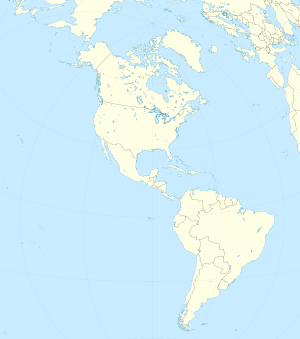Battle of Ingavi
| Battle of Ingavi | |
|---|---|
| Part of Ingavi, Bolivia 16°45′24″S 68°19′48″W / 16.7567°S 68.330°W | |
| Result | Bolivian victory |
The Battle of Ingavi occurred on November 18, 1841, during the
Background
With the dissolution of the
Immediately,
Faced with the danger of a Peruvian invasion, the three governments joined under Ballivian and readied their armies, which in Ingavi repelled the Peruvians.
Result
On November 18, 1841, with Agustin Gamarra being dead, the Peruvian Army left Bolivia. The news generated chaos in Lima, where Vice-President Manuel Menéndez struggled to maintain his authority. He was soon deposed, with Juan Crisóstomo Torrico assuming power, which allowed order to return to the country. That would be the last attempt of Peru to try to assume control of Bolivia.
The Bolivian Army did not have enough troops to maintain the occupation. In the Battle of Tarapacá (1842), Peruvian montoneros, formed by Major Juan Buendía, from Iquique defeated on January 7, 1842 the detachment led by Colonel José María García, who died in the confrontation. Thus, Bolivian troops vacated Tacna, Arica and Tarapacá in February 1842 and retreated to Moquegua and Puno.
In the Battle of Arica the Peruvian militias expel Bolivian troops who wanted to take over the port of Arica.
Motoni and Orurillo batlles evict and subsequently initiate the withdrawal of Bolivian forces that occupied Peruvian territory, again threatening Bolivia to suffer an invasion.
Notes
- ^ Biografías de Bolivianos Célebres Archived September 26, 2007, at the Wayback Machine



